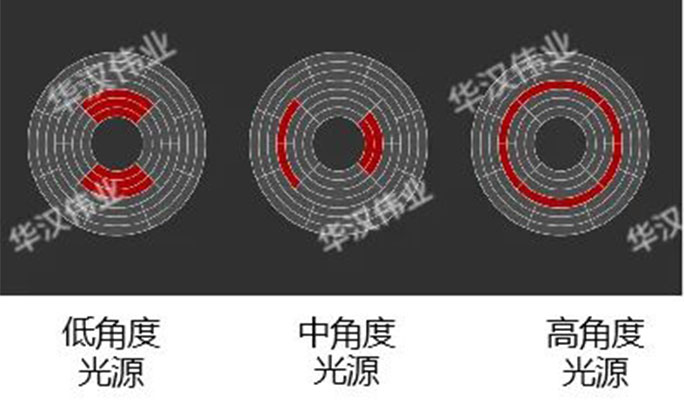
In the era of large-scale manufacturing of power batteries, the "war" of new processes and technologies has extended from core process equipment to key components. Helping power battery companies improve product quality, reduce defect rates, and enhance manufacturing efficiency is not only a common challenge faced by the industry, but also an opportunity for latecomers to achieve overtaking on curves
Facing the TWh era, there is a surge of undercurrents inside and outside the lithium battery manufacturing system, and the large demand and fast-paced industry chain are intertwined with the uncertainty of the external environment. In various stages of lithium battery production, machine vision provides quality assurance for lithium battery products with advantages such as high precision, fast speed, strong reliability, and information integration.
As a high-quality provider of visual inspection systems for lithium-ion batteries, Huahan Weiye has accumulated rich practical experience and industry visual system development experience in the lithium-ion battery industry. It can quickly, accurately, and steadily empower the intelligent upgrading and transformation of production lines in the power lithium-ion battery industry, do a good job in quality control, and reduce labor costs.

The battery cell is the core part of a lithium battery, and its structure is divided into five parts: positive and negative electrode plates, membranes, electrode ears, packaging films, and electrolyte. The battery ear is an important component in lithium-ion batteries. The ear serves as the interface between the positive and negative electrodes in a lithium-ion battery, connecting the battery chip and external circuits, conducting electricity, fixing the chip, and preventing short circuits.
In the process of battery manufacturing and use, it is necessary to strictly control the quality and design of the electrode ears to ensure the safety, stability, and performance of the battery.
At present, the main reliance is on manual experience for visual inspection and judgment. The difficulty in visual application lies in the presence of many metal debris in the electrode ear welding process, which may appear at any position on the battery surface. At the same time, the color of the metal debris is very close to the background color of the electrode sheet material area. The folding in the electrode ear area has adverse conditions such as arbitrary shape, multiple scales, and surface reflection, resulting in difficulty in extracting folding features.
The underlying logic of traditional detection algorithms is to find brightness and color differences in a specified area, and use them to determine the size or shape of foreign objects. Obviously, traditional algorithms cannot solve the pain points of detection and cannot meet the detection needs of this field.

By using deep learning detection technology and combining with self-developed AI algorithms, Huahan Weiye continuously understands the difficulties in detecting various processes of polar ears, accurately classifies and judges subtle or complex defects of polar ears, and launches a targeted visual solution, covering multiple processes such as polar ear welding, scratching, folding, tearing, etc., to comprehensively solve the problem of polar ear defect detection.

Huahan Weiye adopts multi angle imaging, which ensures that the flipped ear of the pole can always be clearly imaged in a certain illumination under different angle light sources, without overexposure or underexposure, ensuring accurate identification of defects.
At the same time, the iSense AI intelligent detection system generates an AI model by training with a certain amount of defect samples. On the one hand, a detection framework based on small sample deep learning can reduce the number of defect samples to single digits, solve the difficulties of collecting defect samples and high annotation costs in the past, and improve detection accuracy and robustness.
On the other hand, by introducing adaptive transfer learning technology, the training cycle of AI models can be shortened. One click transfer is used to detect ear defects of similar sizes and processes. For ear defects of different sizes, only a small amount of training data needs to be added after transfer, and the AI model can be fine tuned to achieve detection accuracy of ≤ 0.2mm and kill rate of ≤ 0.5%, achieving zero false positives for ear detection.

Huahan Weiye's overall solution for the lithium battery industry, with its advantages of wide application areas, flexible solutions, and higher deployment efficiency, has been successfully applied in various processes of lithium battery production, helping enterprises improve the consistency, yield rate, and safety of lithium battery production. In its practical production applications, it can exhibit better adaptability to different positions, lighting, and complex environments, with high precision recognition, as well as the ability to improve detection and accuracy.
In the face of new changes and demands in the lithium battery industry, Huahan Weiye will deeply explore customer needs in the field of lithium battery machine vision with solid technical strength, assist customers in achieving zero complaint goals with innovative products and solutions, assist in flexible upgrading of lithium battery manufacturing, and create higher value.